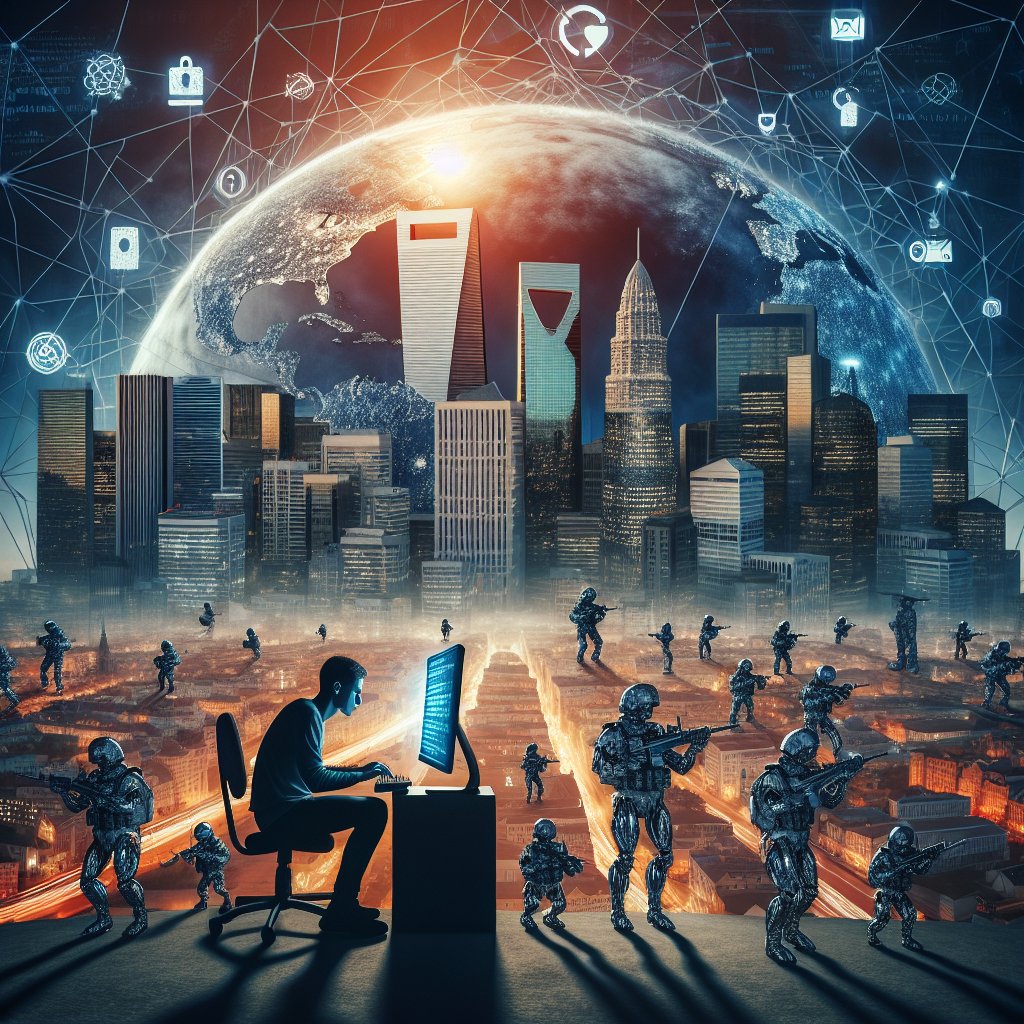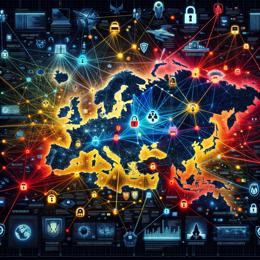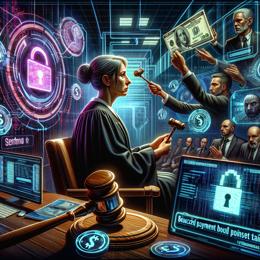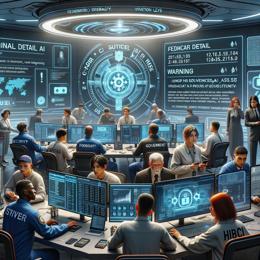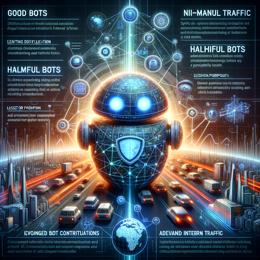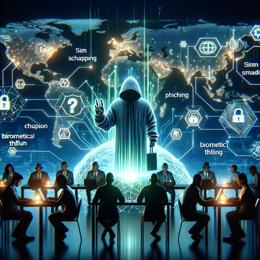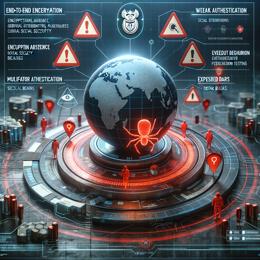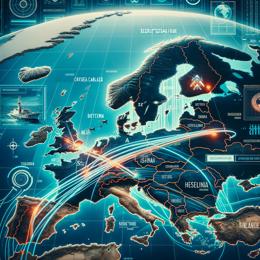Content created by AI
The Next Battlefield: The Imminent Threat of Cyberwarfare
In the shadow of conventional battlefields, a sinister threat looms—one that could unravel societies and destabilize nations without a single physical weapon being discharged. The recent cyber-attack on the Central Bank of Lesotho stands as a stark admonition of the escalating tide of cyberwarfare. With the potential to disrupt, damage, and dictate the fate of countries, this new frontier of war is charting a course towards a global conflict that is intangible yet devastatingly real.
Unlike the visceral combats of World War I and World War II, marked by tanks and trenches, the third world war may erupt within the labyrinth of zeros and ones—a silent annihilation precariously linked to our dependence on technology. Cyberwarfare ushers in an era where code is king, and the keystrokes of a malign programmer can hold more destructive power than traditional armaments.
With a simple click, vital national infrastructure can plunge into disarray: banking systems frozen, communications cut off, energy grids disabled—all leading to cascading failure and societal chaos. The insidious capability to undermine economies, manipulate information, and control critical resources underscores cyberwar as a weapon of new-age conquest.
In this clandestine conflict, algorithms and AI become the foot soldiers and generals, battling in a digitized domain that transcends borders and conventional rules of engagement. The absence of physical presence in cyber skirmishes means attackers can strike with impunity, hidden behind layers of anonymity. This creates a strategic dilemma where defense mechanisms are persistently outpaced by evolving offensive technologies.
The ever-present threat of a cyberattack permeating nuclear facilities could replicate or exceed the horrors witnessed in Chernobyl. That catastrophe, still etched into global memory, pales in comparison to the evisceration that can be inflicted by malicious programming targeting similar establishments.
If the annals of history hinge upon moments that define future paths, then our generation stands at a precipice. Cyberwarfare relegates international laws and treaties to relics of a physical past, leaving nations grappling with the urgent need for new frameworks to govern digital warfare's ethereal and elusive battleground.
World War III's potential cyber landscape is one where delays in power and corrupted infrastructure are the harbingers of a slower yet inexorable mortality. Imagine a world unmoored from the digital safety nets that sustain it—a world where the fallout is not just immediate casualties, but a prolonged descent into anarchy and servitude.
Even within superpowers' walls, confidence in digital defenses is tentative, given technology's dual-edged nature—a shield today could mutate into a spear tomorrow. The specter of cyberwarfare demands a reassessment of national security postures, emphasizing resilience, rapid adaptation, and collaborative defense strategies.
In South Africa and beyond, this alarm clarion must spark a surge in cybersecurity measures, public awareness, and international cooperation. As the digital era advances, the threshold between war and peace is a firewall that could crumble without warning, leading humanity into an abyss from which there is no assurance of return.
In conclusion, the ominous cloud of cyber conflict, prefigured by the attack on Lesotho's central financial institution, necessitates far-reaching safeguarding actions. As governments and citizens alike brace for this invisible warzone, our collective future hinges upon the strength of our digital ramparts and the integrity of our electronic labyrinths.
